The oldest burials of modern humans (Homo sapiens), dating back 120,000 years, are in caves such as Qafzeh Cave, Israel.
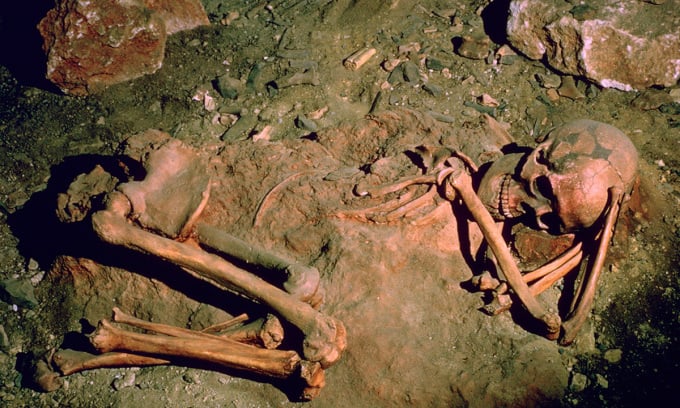
An example of a Paleolithic grave in France. Photo: CM Dixon/Print Collector/Getty
Many cultures around the world honor their dead through burial. The rituals that accompany this practice are steeped in history and tradition, and can vary from culture to culture. So when was the first burial performed?
There is no definitive answer to this question, as not all graves have been preserved, let alone discovered and studied. However, the oldest evidence to date is from the mid-Paleolithic period (about 300,000 - 30,000 years ago).
People were intentionally buried at least 120,000 years ago, according to Mary Stiner, an anthropology professor at the University of Arizona. Stiner doesn't rule out the possibility of older burials, but says the most convincing early examples of modern humans ( Homo sapiens ) burying their dead come from the mid-Paleolithic. Some studies have suggested that extinct human relatives buried their dead around 300,000 years ago, in what is now South Africa, but that remains controversial.
The oldest modern human burials, dating back 120,000 years, are in caves like Qafzeh Cave in Israel. There is also evidence of Neanderthal burials in caves dating back 115,000 years, according to the Australian Museum. Stiner notes that humans used caves extensively during the Middle Paleolithic, for eating, living, and socializing.
Many researchers, such as Stiner, believe that these ancient burials were intentionally created by humans, rather than by natural causes (such as cave collapses), as the bones were arranged in specific positions (such as fetuses), and human artifacts were also present. In some cases, there were even clear signs that older sediments had been disturbed for burial.
Scientists don’t fully understand the origins of burial, but ancient people had plenty of reasons for disposing of bodies both in and out of caves. Humans and many animals have an “inherent aversion” to decomposition, says Trish Biers, curator of the Duckworth Laboratory at the University of Cambridge’s Centre for the Study of Human Evolution.
Humans needed to find a way to deal with bodies as they began to decompose, smell, and expose the living to flies, pathogens, and scavengers. Burial or other forms of disposal may have initially been a practical solution to these problems, but they have since become more complex.
The move toward elaborate burials did not necessarily proceed in a linear fashion. A study published in The Oxford Handbook of the Archaeology of Death and Burial (Oxford University Press, 2013) found that elaborate burials in Eurasia emerged and disappeared during the Late Paleolithic (45,000–10,000 years ago).
The authors also said that it is difficult to draw firm conclusions about the nature and meaning behind the Late Paleolithic graves because scientists have only found a small number of such graves. Moreover, ancient graves also vary depending on the region.
According to Biers, the way people buried their dead depended on many factors, including the environment and the materials available. Cremation came much later, with the earliest recorded cremation grave, the Mungo Lady in Australia, dating back about 40,000 years.
Thu Thao (According to Live Science )
Source link


![[Photo] April Festival in Can Tho City](https://vstatic.vietnam.vn/vietnam/resource/IMAGE/2025/4/10/bf5ae82870e648fabfbcc93a25b481ea)

![[Photo] Unique folk games at Chuong Village Festival](https://vstatic.vietnam.vn/vietnam/resource/IMAGE/2025/4/10/cff805a06fdd443b9474c017f98075a4)
![[Photo] Opening of the 11th Conference of the 13th Party Central Committee](https://vstatic.vietnam.vn/vietnam/resource/IMAGE/2025/4/10/f9e717b67de343d7b687cb419c0829a2)



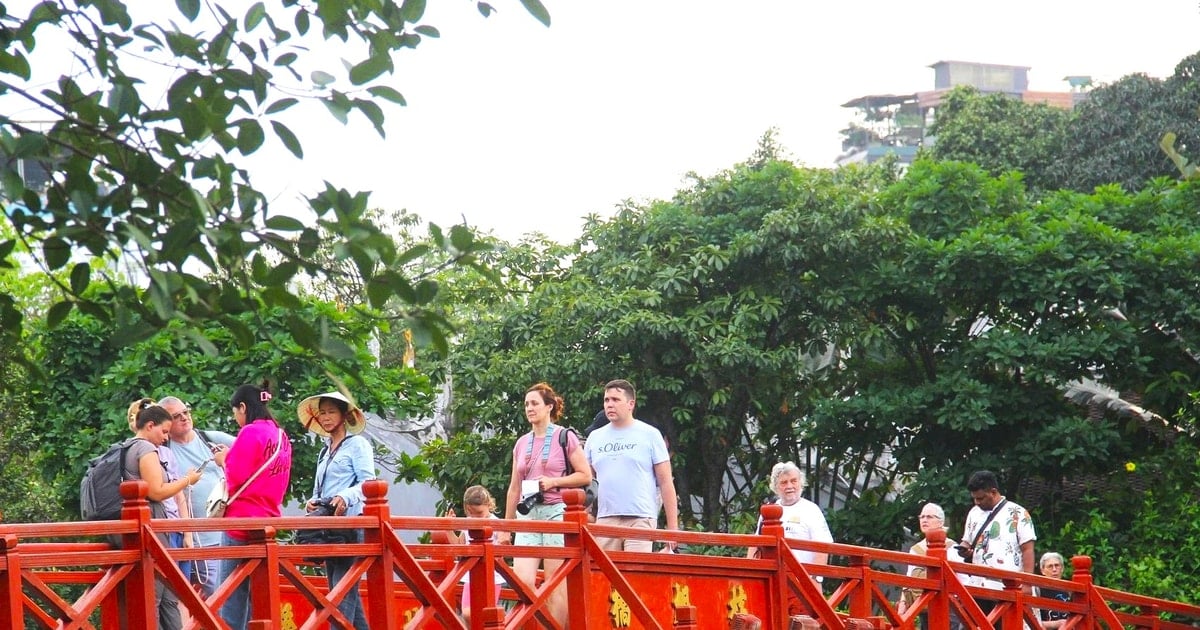



































































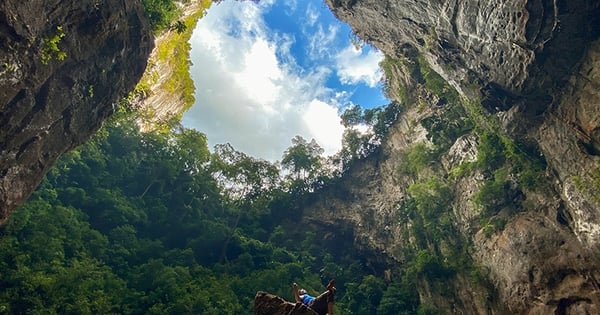
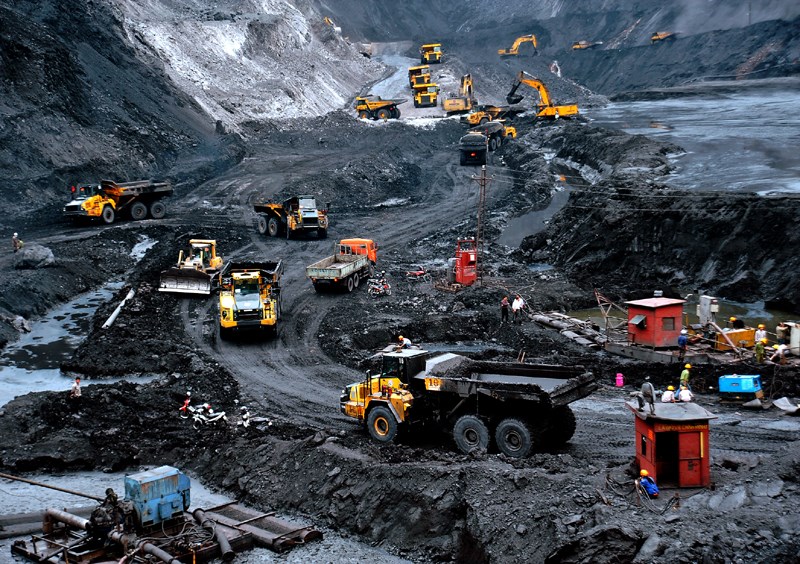





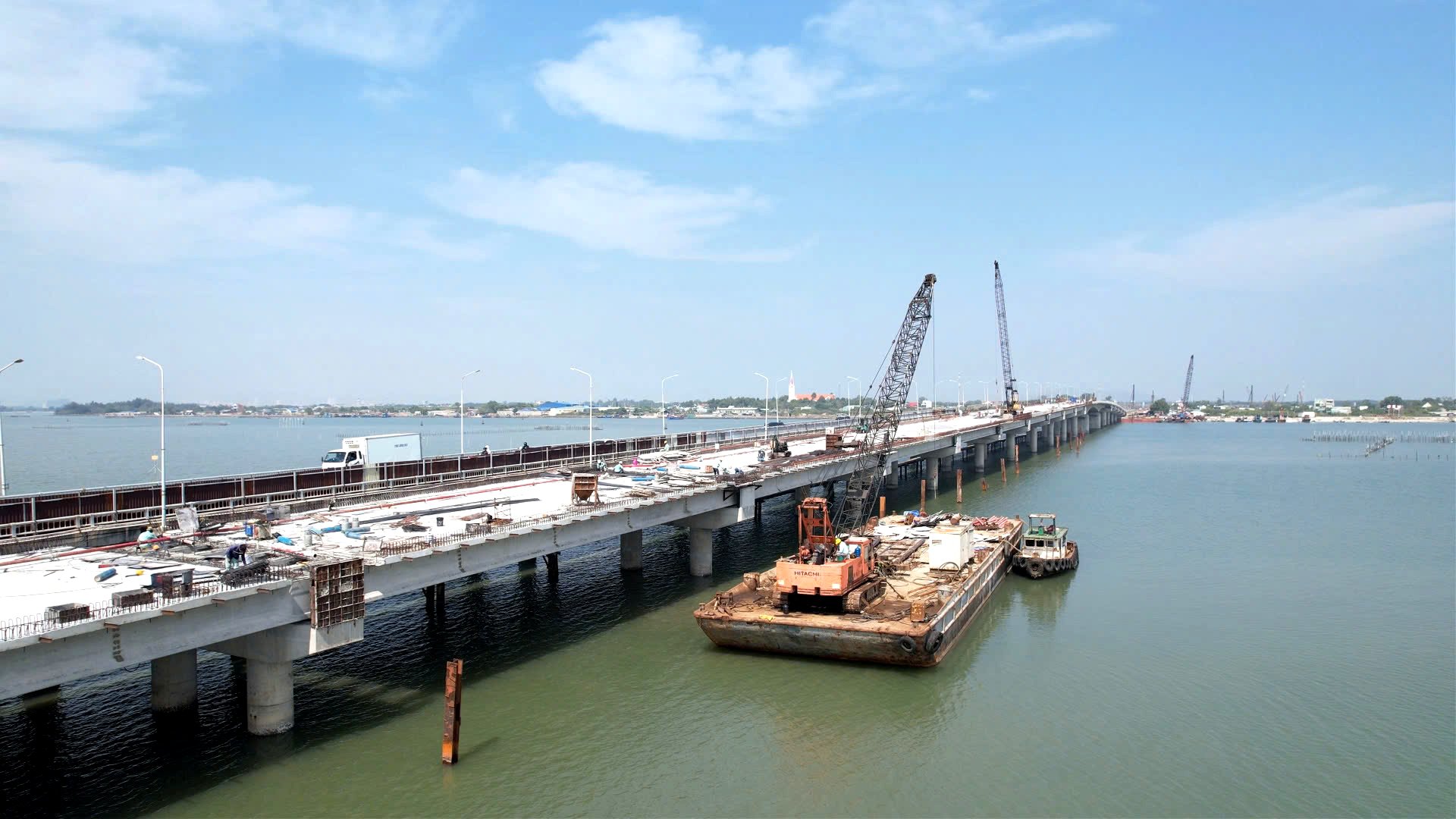



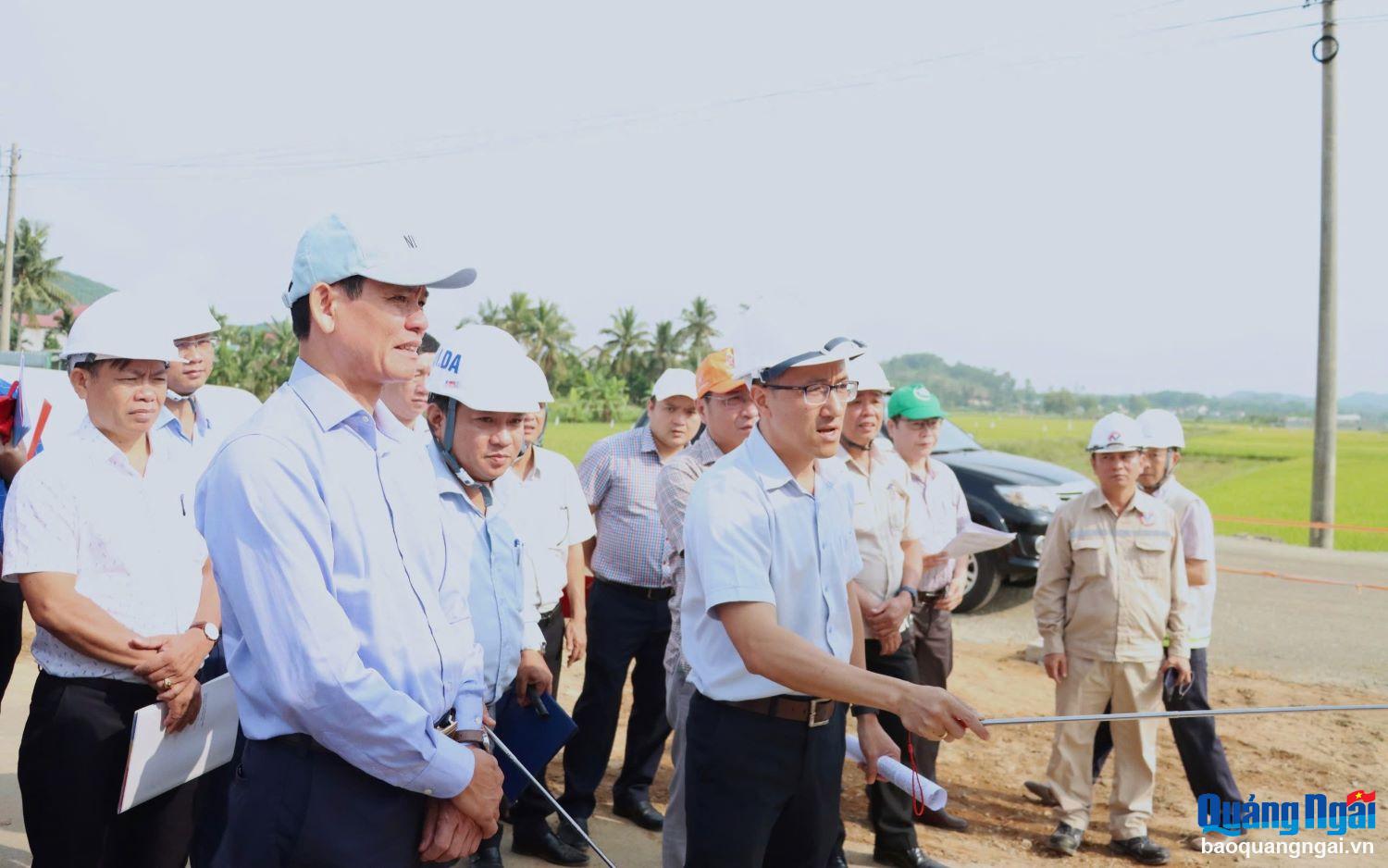









Comment (0)